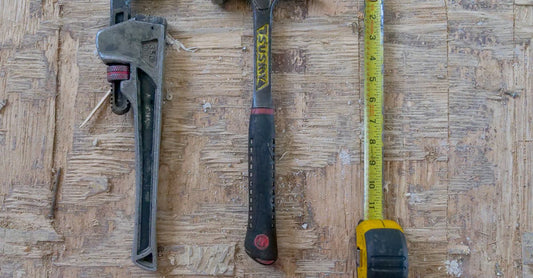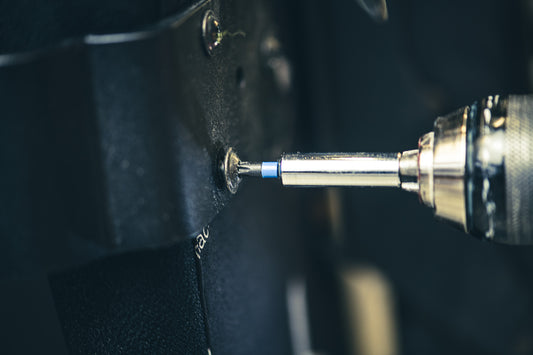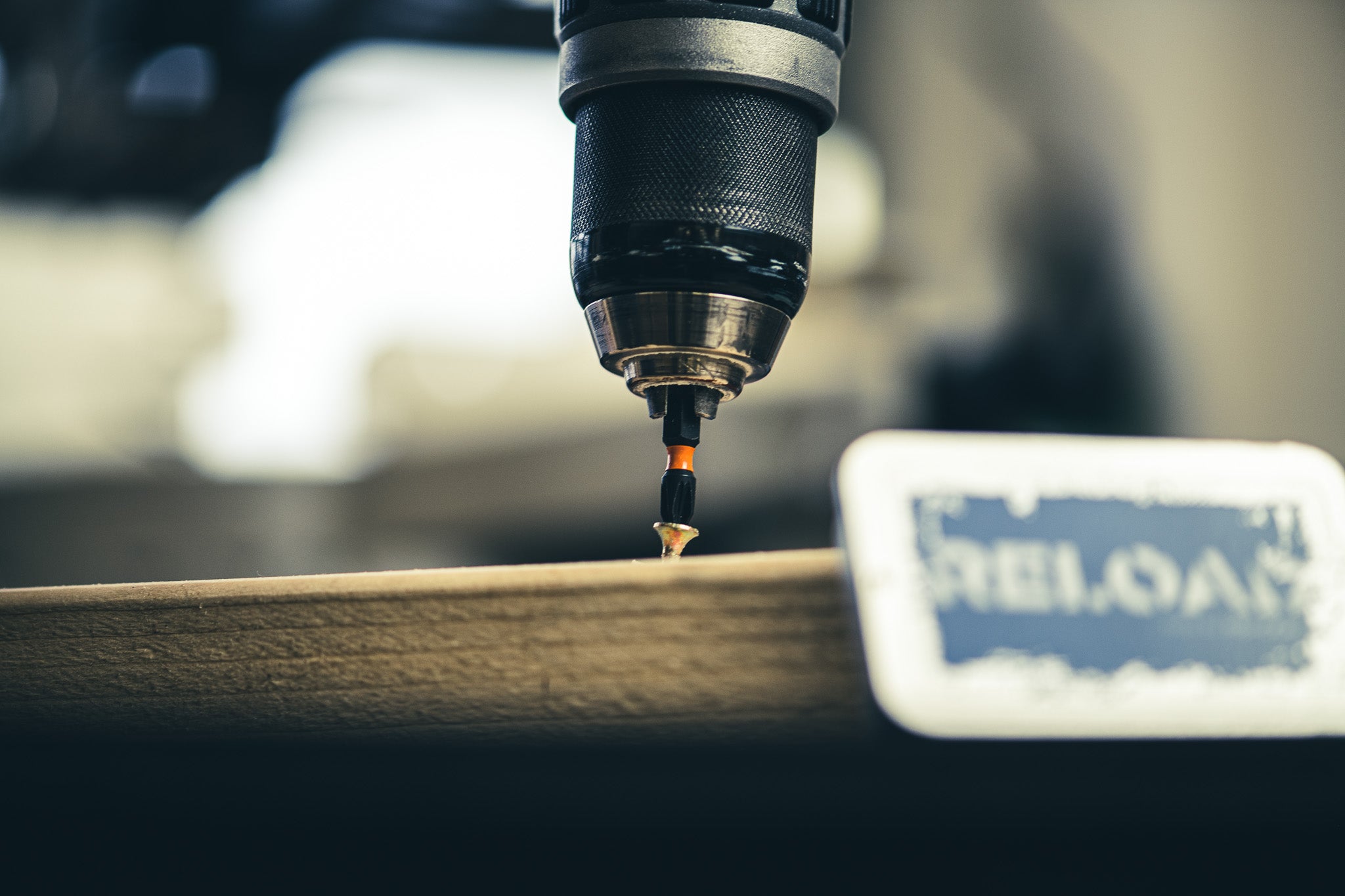Paw-wer Fak-tuhr Im-proov-mnt
Power, Factor, Improvement
The process of increasing the efficiency of an electrical system by adjusting the power factor.
Example usage: We need to consider a power factor improvement to make sure our electrical system is running efficiently.
Most used in: Electrical engineering projects.
Most used by: Electricians, engineers and other trades people working with power systems.
Popularity: 8/10
Comedy Value: 2/10
Also see: Power Factor Correction, Capacitor Bank Installation, Harmonic Mitigation, Electrical Reactive Compensation,
What is Power Factor Improvement?
Power Factor Improvement is a term used in the context of electrical construction which refers to the process of increasing the efficiency of the electrical system by reducing the reactive power. Reactive power is the power that is lost when alternating current is used in electrical systems and is caused by the inductance, capacitance and resistance of the components in the system. By increasing the power factor, the system can reduce the amount of current needed to operate at the same power level, leading to reduced energy costs.
Power Factor Improvement can be accomplished through the use of power factor correction capacitors, which are connected in parallel to the electrical system. These capacitors store energy and help to reduce the reactive power. The capacitors also help to reduce the amount of current needed to operate the system, leading to improved efficiency and energy savings.
According to the U.S. Department of Energy, power factor improvement can result in energy savings of up to 10%. This can result in significant cost savings over time, as well as improved reliability and safety. Power Factor Improvement is an important part of any electrical construction project, and should be taken into consideration when designing and installing an electrical system.
.The Origins of Power Factor Improvement in Electrical Construction
The term “Power Factor Improvement” was first used in the early 1900s to refer to the process of increasing the efficiency of electrical power systems by reducing the amount of reactive power used. The term was first used in the United States and was later adopted in Europe and other parts of the world.
The concept of Power Factor Improvement was first developed by the American electrical engineer Charles Proteus Steinmetz in the early 1900s. Steinmetz was the first to recognize the importance of reactive power and developed an equation to calculate the power factor of a system. His equation was used to calculate the necessary power factor improvement to increase the efficiency of the system.
The concept of Power Factor Improvement was used by engineers and electricians to design more efficient power systems. By the 1940s, the term had become widely used in the electrical industry and was included in the National Electrical Code. The term is still used today and is an important part of the design and construction of electrical systems.




